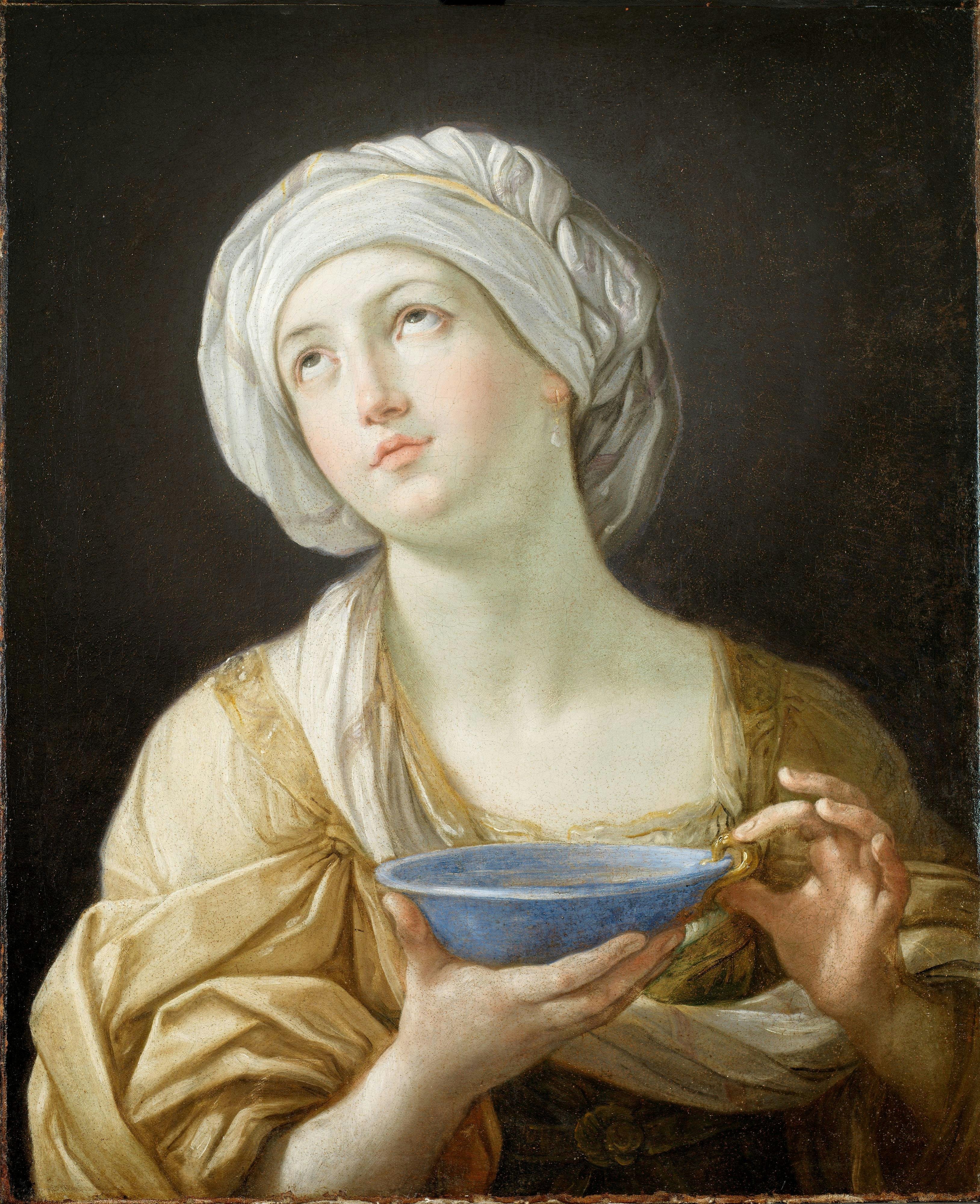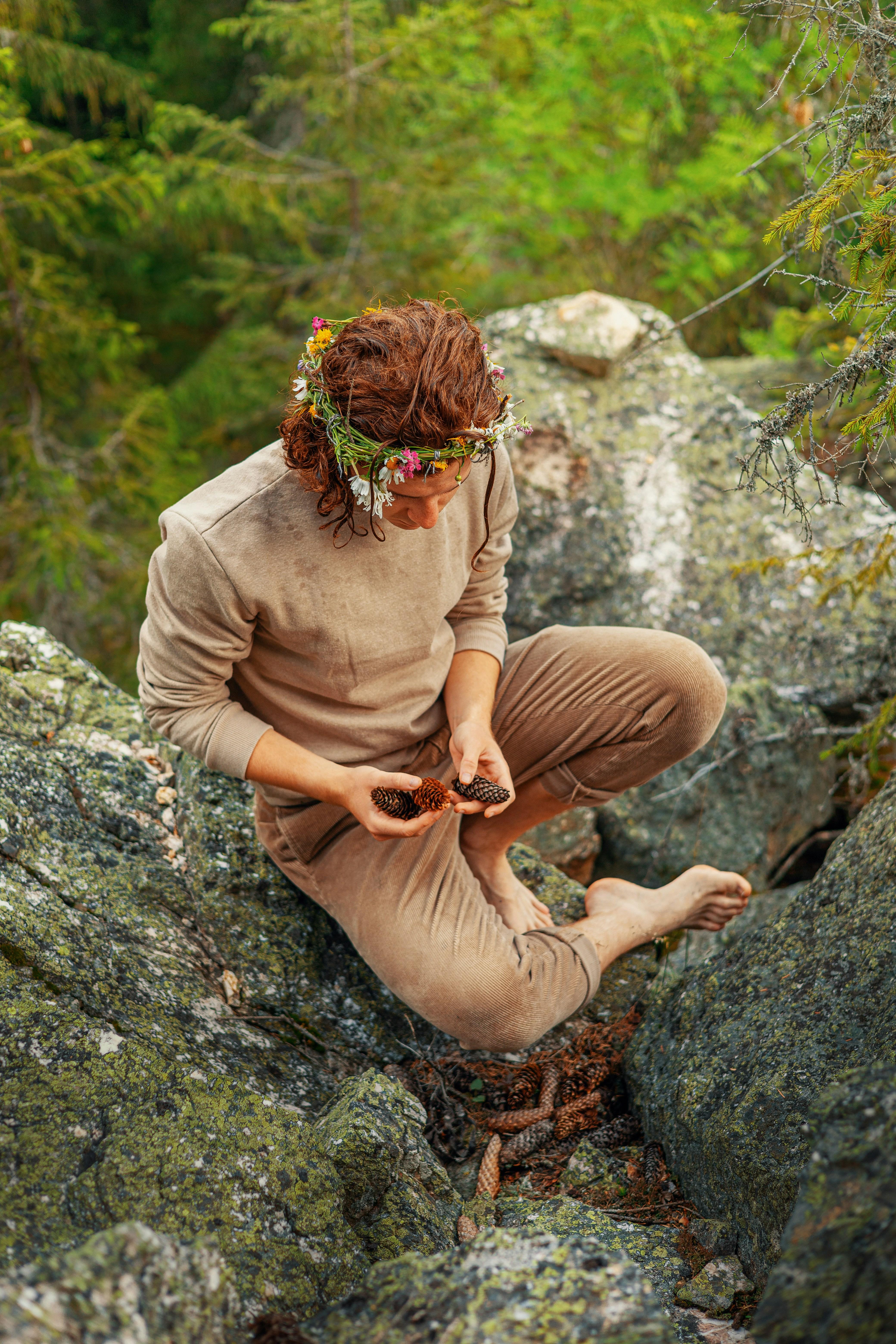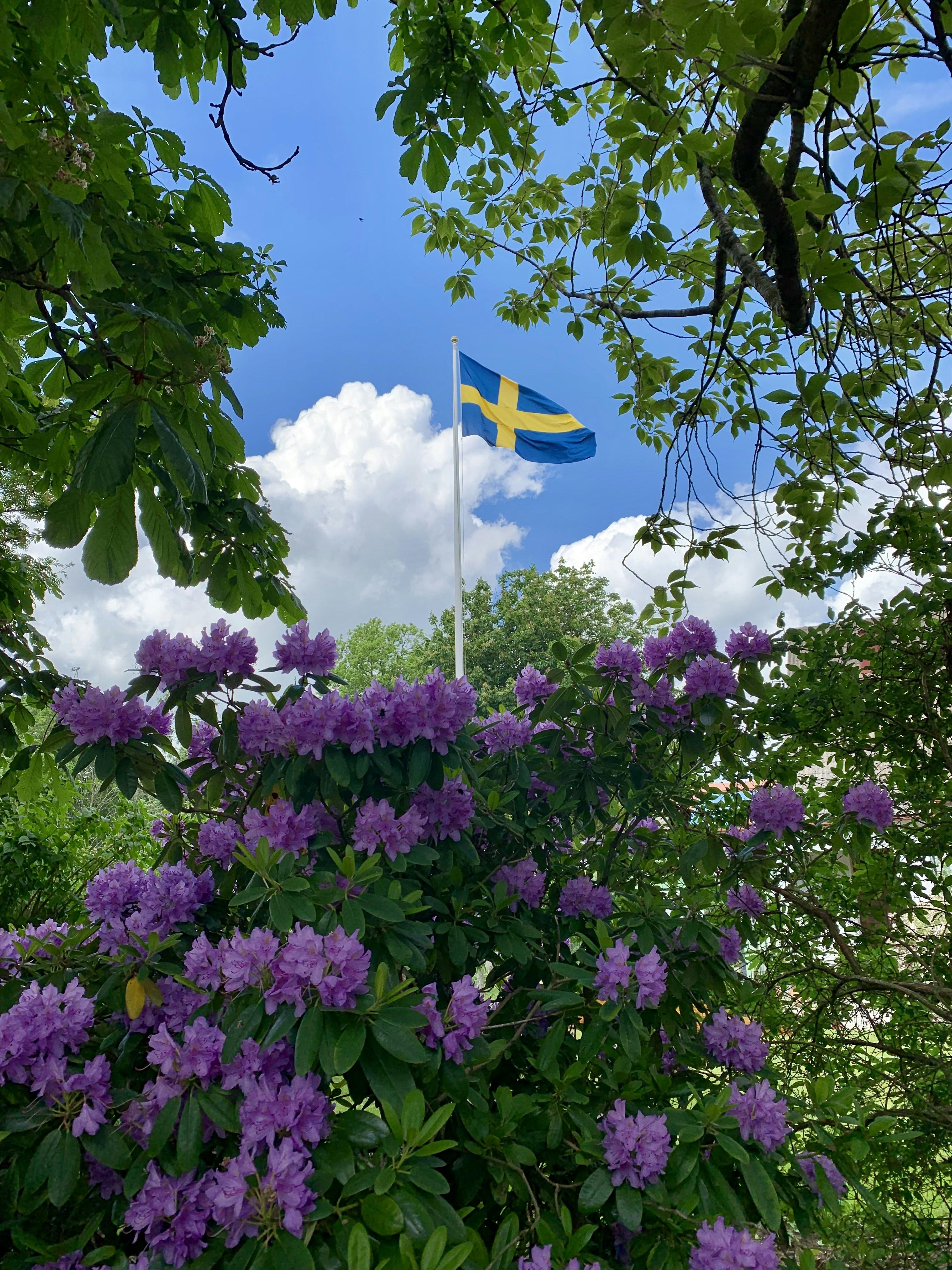In the realm of contemporary cinema, few films have sparked as much intrigue and analysis as surrealism-of-midsommar-a-deep-dive-into-folk-horror/” title=”The Surrealism of Midsommar: A Deep Dive Into Folk Horror”>Ari Aster‘s “Midsommar.” Released in 2019, this unsettling narrative set against the backdrop of a seemingly idyllic Swedish festival is a masterclass in weaving symbolism and surrealism into the fabric of storytelling. At first glance, ”Midsommar” presents itself as a horror film that eschews traditional darkness for the stark brightness of a perpetual Scandinavian summer. However, beneath its sunlit facade lies a complex tapestry of symbols and surreal elements that challenge viewers to delve deeper into its thematic core. This article embarks on a comprehensive exploration of the symbolic and surrealistic dimensions that underpin ”Midsommar,” offering insights into how these elements coalesce to enhance the film’s psychological impact and narrative depth. Through an analytical lens, we will uncover the layers of meaning embedded within the film’s striking imagery, ritualistic motifs, and character arcs, revealing how Aster crafts a cinematic experience that transcends conventional genre boundaries.
Exploring Symbolic Imagery and Its Psychological Impact
In Ari Aster’s Midsommar, symbolic imagery serves as a powerful narrative tool, weaving psychological intricacies into the tapestry of the film. The use of surreal elements challenges viewers to delve beyond the surface, engaging with a deeper exploration of human emotions and collective consciousness. Aster employs a blend of visual motifs and cultural symbols to craft a world that feels both alien and familiar. This duality invites audiences to confront their own psychological landscapes through the lens of Dani’s harrowing journey. By intertwining themes of grief, rebirth, and community, the film transcends traditional horror, becoming a meditation on the human condition.
- Floral Imagery: The omnipresence of flowers in the film is more than mere decoration. It symbolizes transformation and the cyclical nature of life and death, echoing the emotional metamorphosis of the protagonist.
- Light vs. Darkness: The perpetual daylight of the Swedish midsummer contrasts with the inner darkness of the characters, highlighting the dissonance between external appearances and internal turmoil.
- Runic Symbols: Scattered throughout the film, these ancient symbols serve as cryptic guides to the unfolding narrative, inviting viewers to decipher their hidden meanings and the destinies they foretell.
By immersing the audience in this rich tapestry of symbolism and surrealism, Midsommar challenges us to question the boundaries of reality and the profound psychological impact of the images we consume. The film’s symbolic landscape acts as a mirror, reflecting not only the characters’ inner worlds but also our own, prompting a deeper understanding of the universal human experience.

Unraveling Surreal Elements and Their Narrative Significance
The world of Midsommar is woven with surreal elements that transcend ordinary reality, each serving as a symbolic thread in the narrative tapestry. The unsettling harmony between the ethereal and the grotesque in the film’s imagery invites viewers to explore themes beyond the visible spectrum. Surreal elements are not merely decorative; they are profound vehicles of storytelling that challenge our perception of reality and morality.
- Floral Motifs: Flowers are omnipresent, symbolizing both life and decay, and reflecting the duality of beauty and horror in human experiences.
- Ritualistic Imagery: The exaggerated rituals depicted are surreal yet meticulously detailed, questioning the boundaries of cultural norms and personal freedom.
- Distorted Reality: The use of hallucinogens in the narrative creates a surreal distortion, blurring the lines between dream and reality, and representing the internal chaos of the protagonist.
These surreal elements are not random but are carefully curated to evoke introspection, compelling the audience to confront the complexities of grief, belonging, and transformation. Through its vivid symbolism and surreal artistry, Midsommar offers a rich narrative that is both haunting and enlightening.

The Role of Cultural Mythology in Enhancing Symbolism
Cultural mythology serves as a rich tapestry that enhances the layers of symbolism within Midsommar, weaving together narratives that are both universally resonant and deeply specific. The film taps into the archetypal stories embedded in Nordic folklore, breathing life into its surreal world. These myths are not mere backdrops but are instead intricately interwoven into the film’s fabric, amplifying the psychological and emotional stakes. They offer viewers a lens through which to interpret the seemingly bizarre rituals and symbols that punctuate the narrative. In doing so, the film draws on a collective unconscious, a shared pool of myths and symbols that transcend cultural boundaries, to create an experience that is both alien and familiar.
- Rituals and Traditions: The film’s depiction of ancient customs, such as the Maypole dance and sacrificial rites, echoes the timeless human quest for meaning and order through ritual.
- Symbolic Characters: Characters embody archetypes such as the sacrificial lamb or the harbinger, each playing a role that resonates with mythological significance.
- Seasonal Cycles: The focus on the summer solstice taps into the cyclical nature of time, a concept deeply rooted in many mythologies, symbolizing renewal and transformation.
By embedding these elements into its storyline, Midsommar crafts a narrative that is not only visually striking but also symbolically profound, inviting viewers to explore the deeper meanings hidden within its surreal landscapes.

Recommendations for Interpreting Symbolism in Midsommar
Interpreting the symbolism in Midsommar requires a keen eye for detail and an understanding of the cultural and psychological underpinnings woven into its narrative tapestry. To fully appreciate the layers of meaning, consider the following recommendations:
- Contextual Understanding: Familiarize yourself with the historical and cultural elements that inform the rituals depicted in the film. This includes Norse mythology and Swedish folklore, which are intricately laced into the storyline, providing depth to the seemingly bizarre traditions.
- Character Arcs: Observe how the characters’ journeys reflect broader themes of rebirth and transformation. The protagonist’s emotional evolution parallels the seasonal cycle of death and renewal, symbolized through recurring floral imagery and the progression of the festival.
- Symbolic Objects: Pay attention to recurring motifs such as the Maypole, flowers, and runes. Each element carries specific meanings that enhance the film’s exploration of community, sacrifice, and the human psyche.
In essence, approaching Midsommar with an open mind and a willingness to delve into its symbolic language will enrich your understanding of its surreal world. By decoding these symbols, viewers can uncover the film’s commentary on the complexities of grief, belonging, and the human condition.
